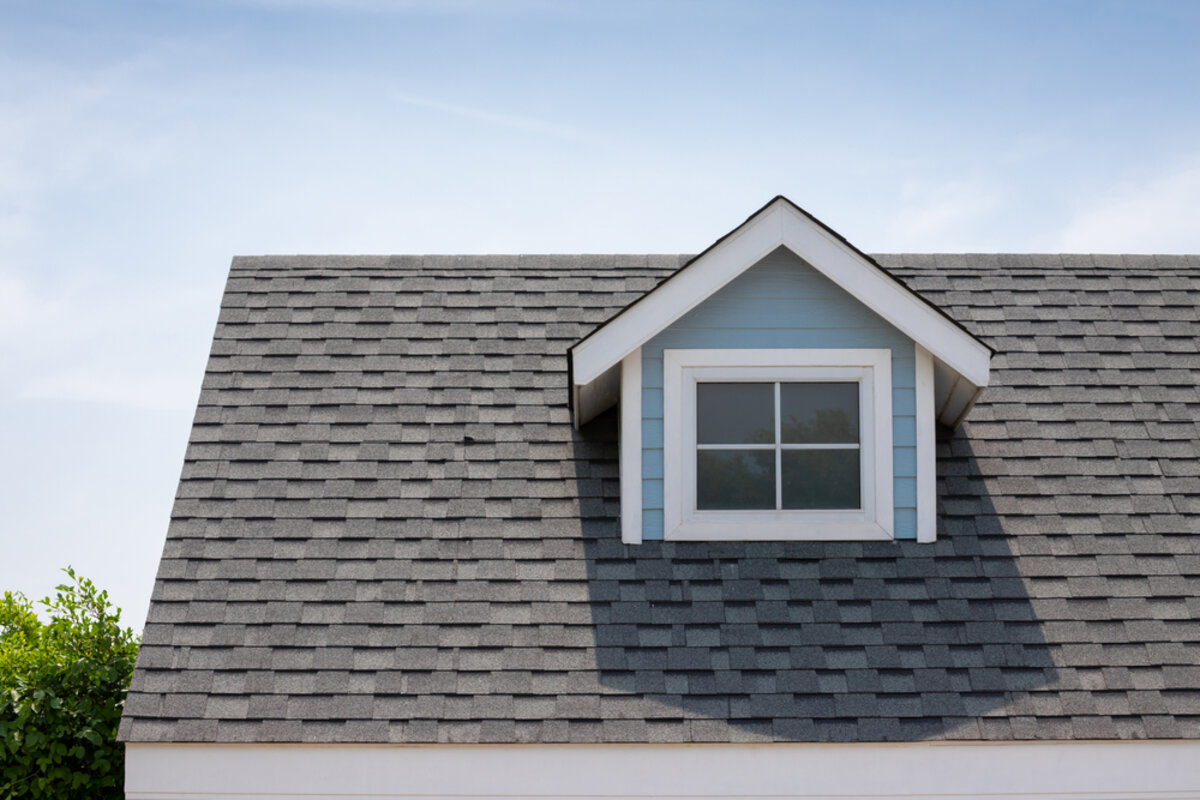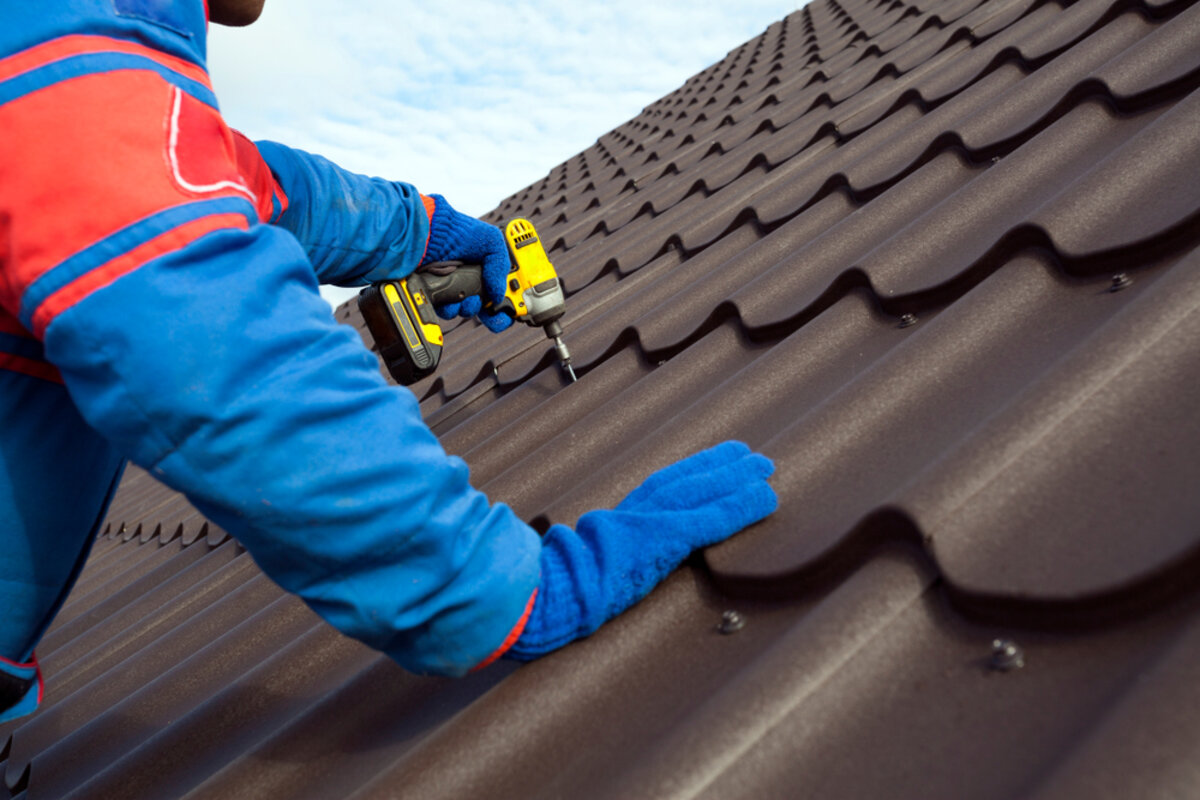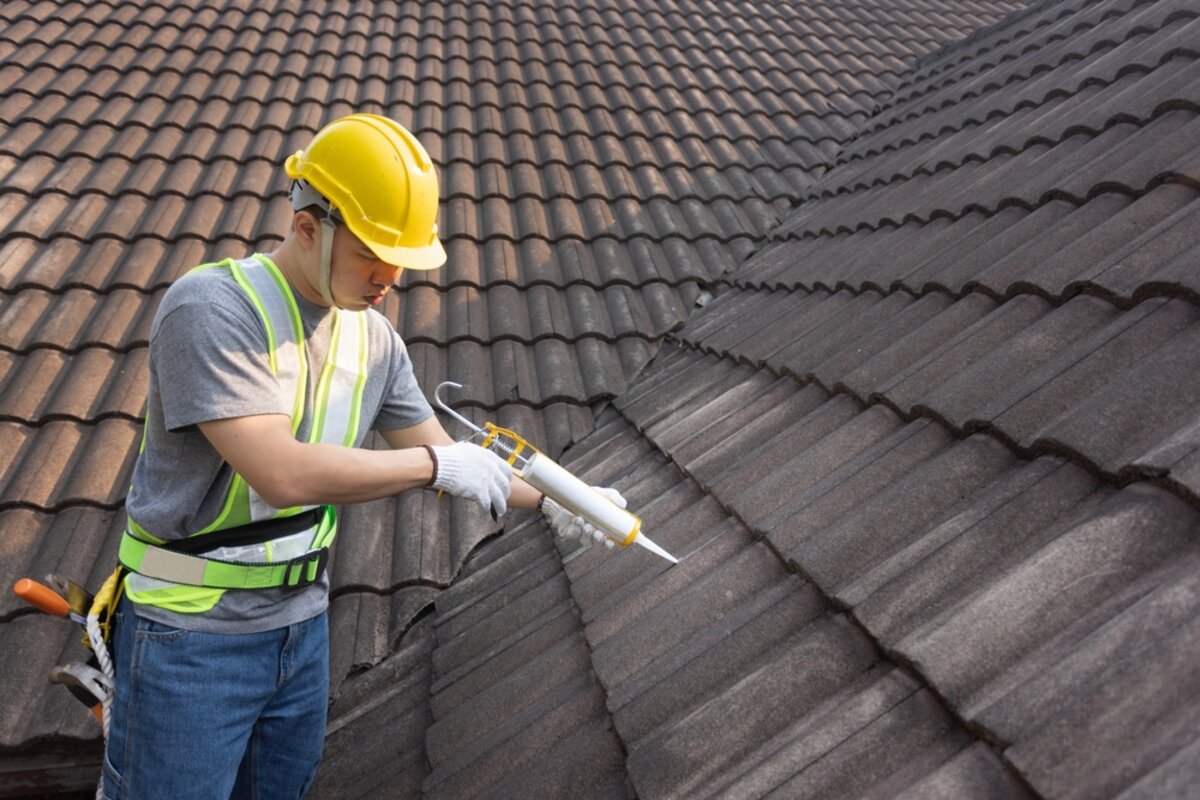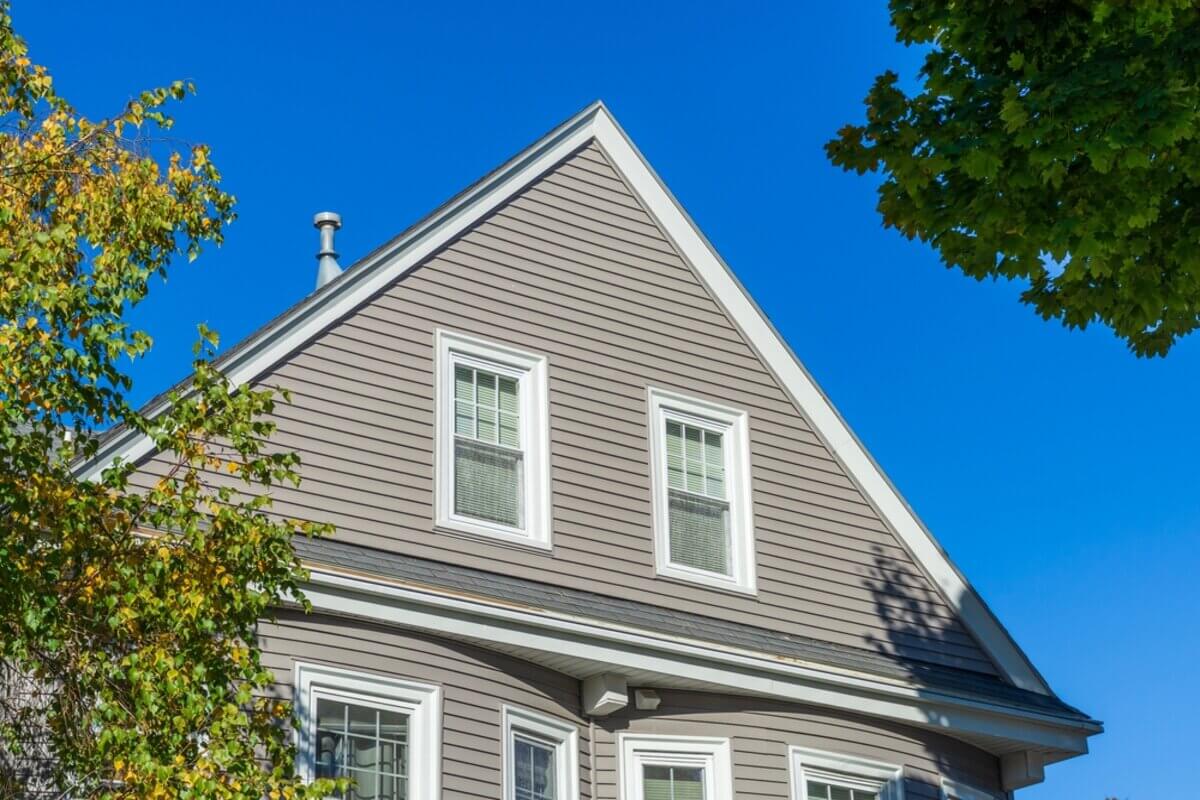Layering shingles on a roof can be a tempting shortcut to extend its lifespan, but how many layers are too many? Understanding the practical and structural implications of stacking shingles is crucial for maintaining the health and integrity of your roof. This guide explores the recommended limits for shingle layers, weighing the potential cost benefits against the risks to help you make a well-informed roofing decision.
What Are Roofing Shingles?
Roofing shingles are overlapping elements used to cover roofs and protect homes from the elements. They come in various materials, including asphalt, wood, and metal, with asphalt shingles being the most common due to their cost-effectiveness and ease of installation.
Why Consider Multiple Layers?
Applying multiple layers of shingles might seem like an easy solution to extend the lifespan of your roof. The idea is to place new shingles over the old ones, potentially saving the labor and disposal costs of removing the existing layers. However, this approach is not without its drawbacks and limitations.
Understanding the Limits for Shingle Layers
Manufacturer Recommendations
Most roofing shingle manufacturers have clear guidelines about the maximum number of shingle layers allowed. Generally, these guidelines suggest that only two layers of shingles should be installed. Exceeding this number can compromise the roof’s structural integrity and effectiveness.
Building Codes and Regulations
Building codes in many regions also set limits on the number of shingle layers. These codes are designed to ensure the safety and durability of roofing systems. For example, many local codes require the removal of old shingles before adding a new layer. Ignoring these codes can lead to issues such as reduced lifespan, increased risk of leaks, and potential complications during home inspections.
Pros and Cons of Adding Layers
Advantages
- Cost savings: Adding a new layer of shingles without removing the old one can be less expensive than a full roof replacement. This approach eliminates the labor costs associated with tearing off the existing shingles.
- Reduced labor: With fewer steps involved, the process can be quicker and less disruptive to your daily life.
Disadvantages
- Increased weight: Each layer of shingles adds weight to the roof structure. Excessive weight can strain the roof’s framework, potentially leading to structural damage over time.
- Reduced effectiveness: Multiple layers of shingles can trap heat and moisture, which might accelerate the deterioration of the roof. This can lead to problems such as poor ventilation and increased risk of shingle warping or curling.
- Complications with future repairs: If you need to repair or replace the roof later on, having multiple layers can complicate the process. Roofers will need to remove the extra layers, which can increase costs and extend the project timeline.
Making the Right Decision
When to Add a Layer
If you are considering adding another layer of shingles, it’s essential to evaluate the condition of your current roof. If the existing shingles are still in good shape and the roof structure is sound, adding a new layer might be feasible. However, it’s crucial to consult with a professional roofer to ensure that this approach is safe and complies with local building codes.
When to Remove Old Shingles
In many cases, removing old shingles and starting with a fresh installation is the better option. This approach allows for a thorough inspection of the roof deck and the opportunity to address any underlying issues. A complete roof replacement ensures that all components of the roofing system are in good condition and properly sealed.
Conclusion
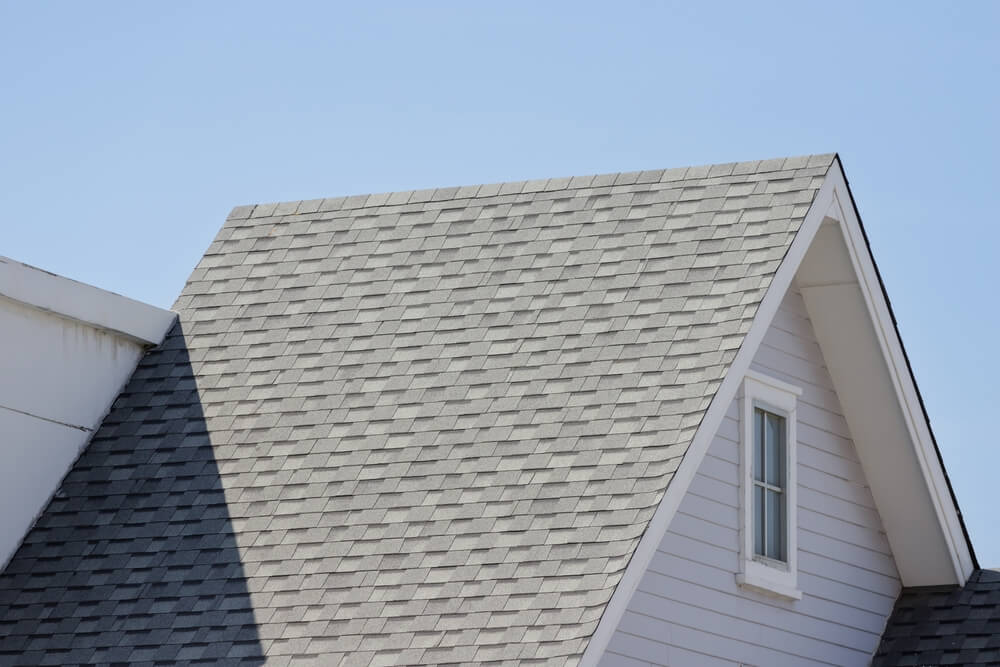
While it is possible to add a new layer of shingles to an existing roof, doing so should be carefully considered. The standard recommendation is to install no more than two layers of shingles, and local building codes may require the removal of old shingles before adding new ones. Weighing the pros and cons, and consulting with a professional, will help you make an informed decision about the best approach for your roofing needs. For personalized advice and expert assistance, contact Perfect Exteriors today.

